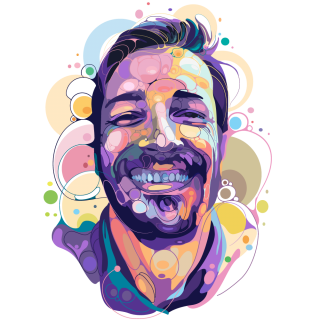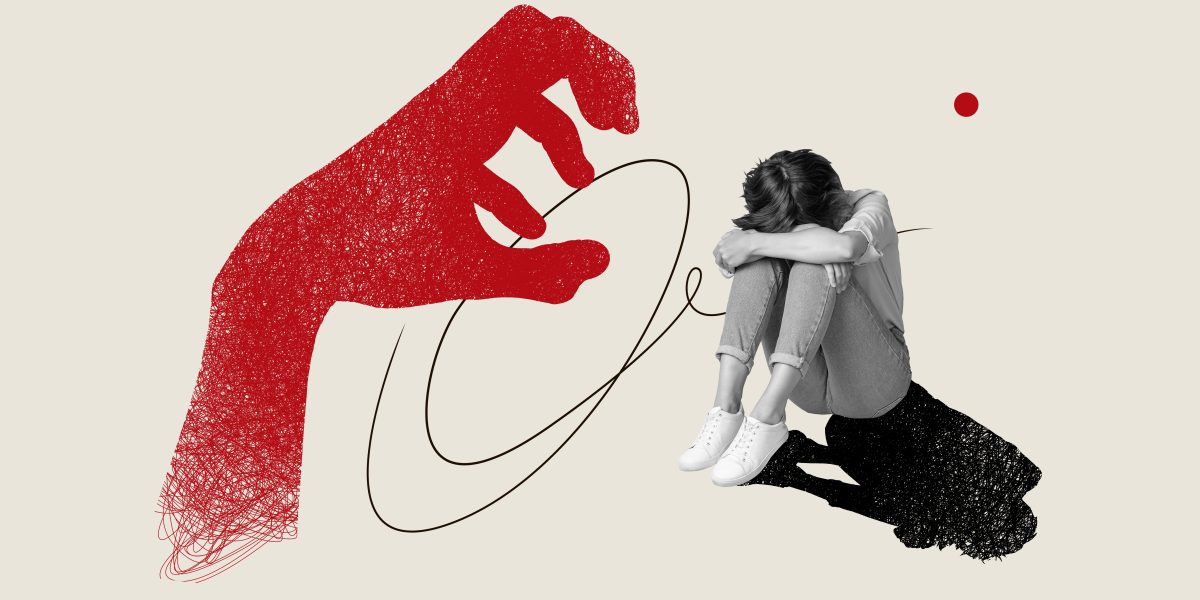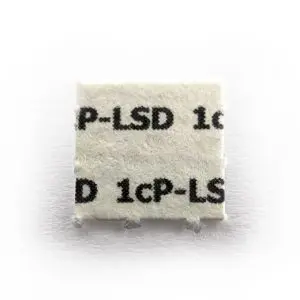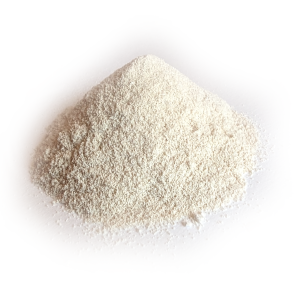Reddit and Bluelight.org are both excellent sources for reports of individuals’ experiences of psychedelics and insight into the wider community. So, these are the sources I have chosen to explore these subjective effects.
Commonly available LSD analogues can change quite regularly due to continued regulatory attempts to control these substances. However, the apparent parallels between their effects, due to molecular similarities make experiences of all analogues, whether legally available or not, viable data.
Below I will not make any definite conclusions, as I feel that would be inadvisable. I am simply grouping selected quotes verbatim for each substance, from a variety of individuals. You can make up your own mind as to the veracity of these opinions.
The current most widely available (legally) LSD analogues include:
The most available legal analogues currently are the 1(letter)-LSD products.
Functionally there is basically no difference, whether it’s 1P, 1D, 1V, 1cP. With one caveat, that the size of the molecule added proportionally dilutes the amount of active LSD, assuming it’s dosed by weight. But the manufacturers tend to adjust to that.
1D-LSD
1D (175mcg) is not that strong on the come up…seems to have intense results on you not more than 8-9h, as compared to the LSD-25, which does not go below 12h.
I have a similar experience…in my case I took 300ug, and it took almost 5 hours to kick in but was intense and lasted about 9 hours.
LSD-25 is smoother with more visuals. 1D-LSD hits hard after the come-up.
A 150ug trip is comparable to a 100ug trip of LSD-25.
1cP-LSD
1cP-LSD is my favourite.
Is basically LSD.
Pretty much identical effects to LSD although might be slightly weaker.
Experiences leaned more towards the analytic, not the most interesting visuals, but plenty of head space.
1V-LSD
My fav by far…I find it has more visuals and less of a body load.
1V-LSD has a Valeric acid group which is rather heavy, so tabs tend to be dosed a little higher.
1V isn’t that different to other derivates.
I prefer it over normal LSD, straight from the lab and know the dosage is right. Effects are almost identical to the real LSD-25, with a touch more hallucinations. It’s calmer, more chill.
1B-LSD
1B has a higher molar mass so is less potent.
The come-up should time between Lucy (LSD-25) and Valerie (1V-LSD).
1B seems to be less intense.
1P-LSD
Identical to LSD and it’s very reliably dosed.
Just about the same as LSD but I found the visuals much more enjoyable…felt clean…lovely afterglow the next day.
A bit weaker than lsd-25.
Near indistinguishable from real LSD, never would have known the difference had I not known it was an analogue.
LSZ
LSZ is mentally quite mild…It’s very mellow and sort of removes my ambition to do anything.
Stay well away from heat if you’re on LSZ.
Like a mix of LSD and shrooms. The visuals were more shroomy and it had an introspective aspect…less demanding than LSD at the same dosage…peaceful and chilling…the body load was less intense… the duration was about 8 hours.
Other notable (largely illegal) LSD analogues include:
AL-LAD
Doesn’t do much for me, 1P-LSD at 300ug gets the fun started.
AL-LAD is much less potent than LSD…doesn’t start getting fun until about 450ug.
AL-LAD is quite a bit milder than LSD and not very similar…since it really doesn’t have a racing headspace at all. It’s mellow and colourful.
Duration of about 6 to 8 hours and is a lot more visual than LSD…very easy to handle but less mystic and introspective. No body load at all.
ALD-52
ALD-52 should come closest (to LSD). Suspected to have been sold as orange sunshine in the ’60s or ‘70s.
Almost prefer it to LSD.
Pretty much the same as real acid.
ALD-52 is the best…Anyone who says otherwise has not tried ALD yet.
ETH-LAD
The hardest I’ve ever tripped in my life…the visuals are amazing.
Quite a bit like LSD but also noticeably different. It’s headspace is acid-like but…did not make my brain feel like it was melting at all…it was a very profound and powerful experience.
A lot more visual…I’ve never had CEVs until my trip on ETH-LAD.
The most visual substance I ever had in my life but it’s very different…not fractal visuals…more object orientated and HD graphics. It feels like “future acid”.























































share your toughts
Join the Conversation.
Awesome, there is most if not all LSD analogs listed here, i will most defenetly come back here to remind myself of some information about them!
1cP has to be closest thing to the real deal after years of researching imo. Superb.
LSD analogues are seriously like a medication. With the diagnosis BPD/DID I was always in some kind of therapy, since I was 9 years old. And what an odyssey to find some medications that would fit half way (I’ve been from A to X, from Anafranil over Paroxetine, Lithium, Lyrica to Xanax). And what did help me in the end? My cousin who was a fantastic Irish Shaman. He taught me many things and psychedelic helped me to get my head, the place in it and the “people ” in order. To me feeling the beginning of a trip feels like,
“I can breathe again! Now we’re good, this is how it’s supposed to be!” And I enjoy not only the optical and auditory “specials”, but my thoughts calming down, me loving to stare into the clouds again, feeling my soul relaxing and breathing freely.
I for my part like to be on my own, or have little chats with my (already grown up) son.
It makes me angry that everything these days is made so difficult, more and more things are suddenly illegal, very often for reasons I honestly cannot understand.
My son is reading 1984 currently and we often talk about how creepy the whole story is, and how scared we are of it…
Alcohol is much more dangerous and devastating to I individuals, families, communities…only considering all the teenagers with alcohol poisoning in the er each weekend, and all the damaged public property is making me angry. Teenagers and grown ups don’t overdose on things because they are available. They do it because they are deeply unhappy. There is something very wrong with our society and the way we are taught to think and judge. Judge others and ourselves. How can we escape this horror if we haven’t one door as an option?
I’m not saying LSD is the ultimate answer to everything here, but I’m damm sure that it could be a great part of the solution we have to work towards to. That’s my opinion, also as a Shaman
Love, Lily💖🇮🇪🤗🍀
Nice
Analogues are interesting to research to explore difference among them, each is so unique and as such its crucial to explore all varieties to gain deeper understanding of their effects
To the people who suffer from depression, anxiety and ptsd: I’m one of you guys AND my first, second, third etc…. trip was SO lifechanging that I dont “have” symptoms of my diagnosis. ^^